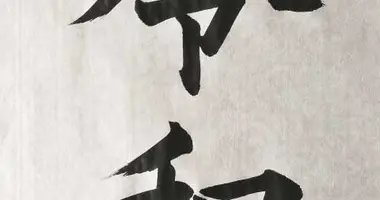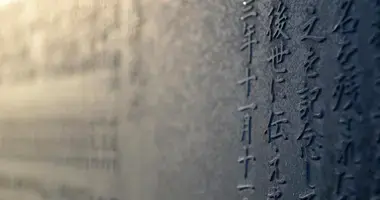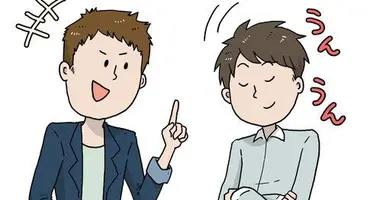Hiragana and katakana: the basics of learning Japanese
- Published on : 17/01/2024
- by : S.V.
- Youtube
Do you dream of learning Japanese but don't know where to start? Hiragana and katakana, two syllabic writing systems, are an essential prerequisite. Together with kanji, ideograms of Chinese origin, they make up the 3 types of characters used to write Japanese. Dive into the fascinating world of Japanese writing with us!
Origin and differences between hiragana and katakana
The invention of kana is traditionally attributed to the monk Kûkai in the 9th century. Using simplified and stylized kanji, he created two syllabaries:
- Hiragana, with rounded strokes, are used to write Japanese words, including grammatical particles and endings.
- Katakana, with more angular strokes, are used to transcribe words of foreign origin and onomatopoeia.
Each system comprises 46 basic characters, each corresponding to a syllable. Their current forms and uses were codified in 1900 and regulated in 1946.
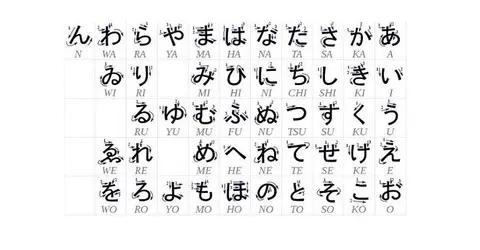
Hiragana table
Wikimedia
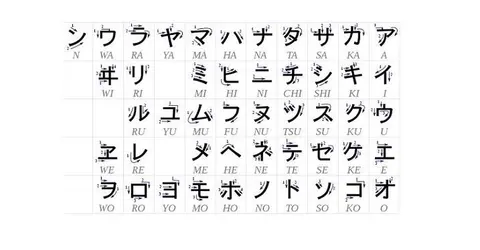
Katakana table
Wikimedia
The basic rules of kana
To write kana correctly, it's essential to respect the order and direction of the strokes. Variations are possible by adding diacritical marks:
- Ten-ten ゛ modifies pronunciation: k→g, s→z, t→d, h→b
- The maru ゜transforms the h into p
- Small や, ゆ, よ combine with "i" kana to form new syllables: き→きゃ (kya)
- The small tsu っ marks a break and doubles the following consonant: にっぽん (nippon)
Finally, long vowels are indicated by doubling the vowel in hiragana (おかあさん okaasan) or by adding ー in katakana (コーヒー koohii). Pronounce them correctly so as not to change the meaning!

Table of hiragana and katakana variations using dakuten ゛and handakuten ゜
S.V.

Table of hiragana and katakana combinations
S.V.
Practical tips for memorizing hiragana and katakana
How can I learn kana efficiently? Here are a few tips:
- Pay particular attention to pronunciation and writing
- Practice regularly by writing, reading and rewriting
- Use fun materials: apps, songs, videos
- Be persistent and patient in your learning process
Don't hesitate to use a notebook to practice calligraphy. With practice, you'll quickly learn all the kana!
Other Japanese character systems
In addition to kana, there are other types of writing:
- Kanji, Chinese-inspired ideograms with their own meaning
- Rōmaji, transcription of Japanese into the Latin alphabet
Most Japanese sentences mix hiragana, katakana and kanji. Japanese calligraphy is considered an art form.
Learn hiragana and katakana online
Would you like to start learning kana? Take advantage of our online resources:
- Free guides, quizzes and schedules to get you started
- Online courses for novices wishing to acquire the basics
- An intensive survival conversation course before a trip to Japan
Learn a few basic kanji and you'll be ready for your first conversations in Japanese. So, are you up for the challenge? がんばって (Gambatte)!
To find out more:








